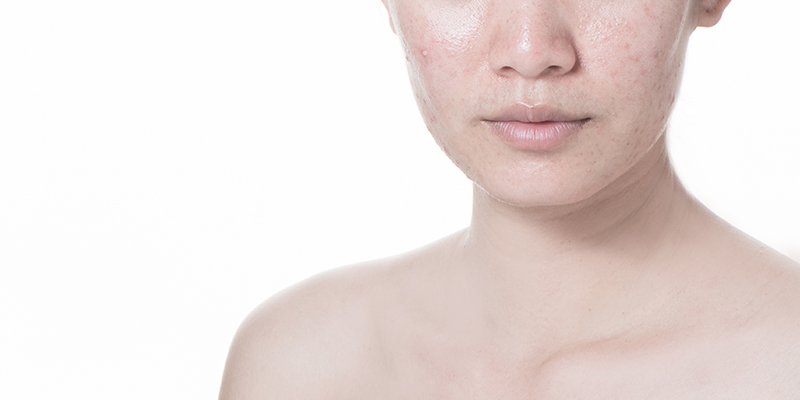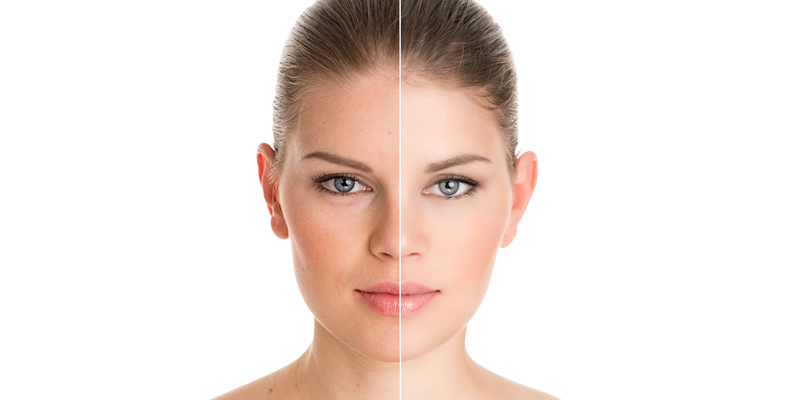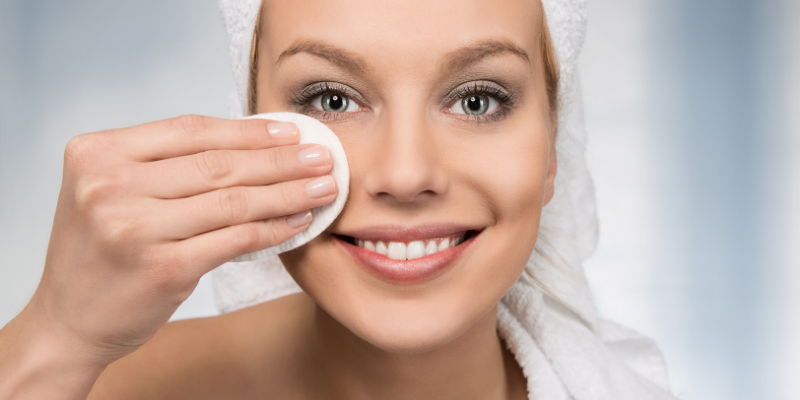In This Article
What Are Sebaceous Glands And What Are Its Functions?
Sebaceous glands are responsible for surface-level protection and hydration of the skin by synthesizing and secreting sebum. Several skin conditions can result in the improper functioning of the sebaceous glands. In some cases, it can result in more oily skin than others. Severe conditions of irregular gland function can be associated with acne breakouts or even the formation of cysts amongst other conditions.
In This Article

What Is Sebaceous Gland?
Sebaceous glands are microscopic exocrine organs that are responsible for keeping the skin moist and, in a way, protected with the secretion of an oily substance called sebum. The glands use various ducts and pores on the skin to transport the secretion to lubricate the skin. They occur in a great number on face and scalp along with other areas of the body. Broadly, there are two types those that are attached to hair follicles and those that are freely present in the dermis.
They develop from the fourth stage of foetus growth and form completely during the early years. These glands have a higher functioning rate with the onset of puberty. While the number of sebaceous glands stay relatively the same in a human life span, their size may increase in certain areas which can affect the state of skin health.
Must Read: What Are Dead Skin From Face?
What Is The Function Of Sebaceous Gland?
The primary function of the sebaceous gland is to secrete a fatty and oily substance called sebum. Sebum is a complex lipid comprising of fatty acids, keratin, and random debris and forms an oily or waxy sheen on the surface of your skin. This secretion is responsible for keeping the skin (and hair in the case of the scalp) moist, flexible and waterproof.
Sebum also possesses antibacterial and antioxidant properties, which links to the immune function of the body. It acts as a basic barrier against infection of the deeper layers of skin, and eventually internal organs, by drastically preventing the growth of microbes and other organisms, when compared to dry skin.
Additionally, sebaceous glands play a role in regulating how the body reacts to changes in temperature. In hotter temperatures, the glands help lock moisture in the skin which prevents excessive amount lost through sweat. This is critical in preventing dehydration. With colder temperatures or wetter conditions, the sebum secretions may become more congealed, repelling water and sealing body heat to a certain degree.
Where Are Sebaceous Glands Located?
With up to 900 glands located in every square centimetre of skin, sebaceous glands are located all over the body in varying densities with the exception of the sole, palms and bottom lip. Most sebaceous glands are connected to hair shafts, making them more common in areas with hair growth. There can be several glands attached to one follicle which branch out of a central duct in an acinar structure (in bunches similar to berries).
What Are The Common Problems Of Sebaceous Glands?
The irregular function of sebaceous glands can cause a host of problems for your skin health. A reduced amount of sebum production can cause the skin to dry and break, making it prone to infection. Overproduction of the same commonly leads to a breakout of acne vulgaris due to the blockage of the openings on the skin with pus and debris, the presence of which can lead to an infection. If a higher activity of the glands occurs in the deeper layers of the skin, a lack of treatment could lead to the formation of cysts which can be a painful condition. Other conditions caused by the abnormal functioning of the sebaceous glands or clogging by sebum are
Must Read: How To Repair Damaged Skin?
How To Avoid Sebaceous Gland Issues?
With several skin problems arising due to the clogging of the sebaceous glands with sebum, knowing how to maintain a basic care routine for your specific skin type will help prevent any aggressive outbreaks.
- Get chemical peel treatments done by an expert dermatologist, regularly. They help in controlled exfoliation of the upper layer of the skin using plant extract based acids. Usually salicylic acid and glycolic acid are used for the same.
- Use a mild cleanser twice a day to minimize the oil content left on your skin in the interim.
- To clear sebum from your pores, use an astringent pad or employ the use of a skin treatment with products that contain salicylic acid and benzoyl peroxide. These exfoliation techniques cause debris and oils to slough away while introducing oxygen into the pores which helps clear sebum deposits.
- Additionally, deep cleansing once or twice a week will go a long way in managing overactive glands. Look for ingredients such as sulphur, glycolic acid, etc. as approved by your dermatologist.
- Applying an oil-free moisturizer in dry skin areas post cleansing will help those areas that do not hydrate effectively.
Must Read: How To Exfoliate Skin?
What Are The Treatment Options?
-
Chemical peels:
For non-threatening conditions such as acne, sebaceous hyperplasia, comedones etc., controlled exfoliation is proceeded using plant extract based concoctions. These help in removing the upper layer of the dead skin and bringing rejuvenated skin from beneath thus helping in getting radiant skin.
-
Laser therapy:
In some cases with acne and scars, laser or a controlled beam of light is used to cause thermal injury. This controlled thermal injury of deformed tissues causes newer collagen production thus bringing a renewed skin from beneath and clearing the dysfunctions of sebaceous glands.
-
Cryotherapy:
Freezing the skin outgrowth using liquid nitrogen and causing the to drop away helps in evening out the skin. This can cause skin discoloration.
-
Electrocautery:
Electric currents are used to burn the outgrowths causes due to dysfunctional sebaceous glands. The scabs fall off leaving an even skin from beneath.
-
Medications:
Antiandrogen medications to control the activity of sebaceous glands are prescribed by dermatologists, to bring down the stimulated activities of sebaceous glands.
-
Surgical Excision:
Conditions like sebaceous cysts or sebaceous gland carcinoma, which lead to the formation of painful bumps or growths on the skin, more serious options need to be considered with the guidance of a dermatologist. Typically, with medication, a surgical extraction needs to be performed on these growths. Conventional excisions remove the growth entirely with major scarring post treatment. Minimal excisions cause less scarring but leave a chance of the cyst forming again. Laser punch excision makes a small hole in the cyst, allowing it to drain, which leaves next to no scarring.
Must Watch – Chemical Peel (Benefits, Procedure And Results)
Sebaceous glands play an important role in keeping external elements at bay. Maintaining your skin health directly relates to their proper function and in turn, can prevent negative skin conditions from manifesting.
Frequently Asked Questions On Sebaceous Glands
Sebaceous glands secrete sebum that waterproof the body and lubricate hair while sweat glands exclusively prevent the skin from becoming severely dry and regulate heat.
Sebaceous glands are usually attached to hair follicles while Fordyce spots appear around the lips or on the insides of your cheeks. Additionally, Fordyce spots are whitish-yellow bumps on the surface of the skin, while sebaceous glands are located under the surface layers of skin.
These are the growths that contain a viscous or liquid material and usually grow on the face, neck or upper body. While these are not necessarily a cause for concern, they can be uncomfortable. Examination of cysts can also factor the presence of cancer.
There is a chance that it could be the presence of a cyst. A dermatologist will require to examine it.
A basic skin care routine performed regularly is the best way to clean the skin and unclog the glands. For more severe conditions, a dermatologist may recommend chemical peels, laser treatments or other equally effective therapies for your condition.








